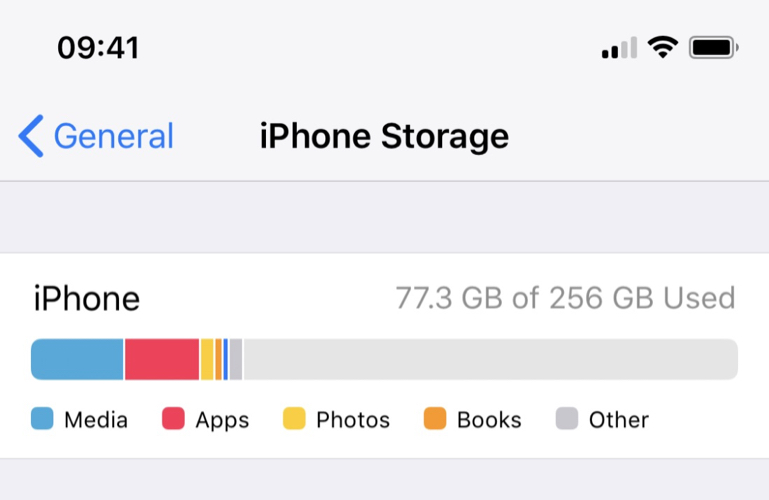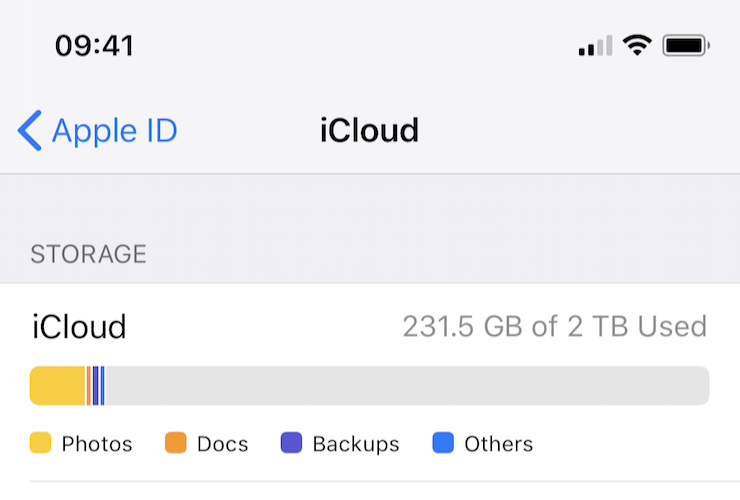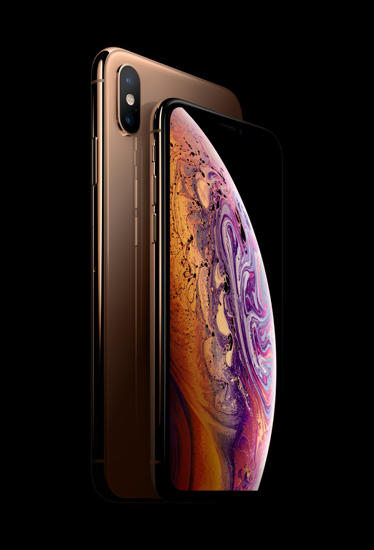|
|
eXtensions - The Wednesday File (74): Kicking Over the Stones After the Apple EventBy Graham K. Rogers
Next week, macOS 10.14 Mojave will be out. With both, although there will be more for iOS users, a number of apps can be expected to be updated, both for the new iOS version and for the new iPhones. I have noticed a few "optimised for. . ." notes with apps and am anticipating more. On Tuesday morning, Keynote, Numbers and Pages were updated with support for Siri shortcuts; and the iWork apps were also updated on the Mac. Later on Tuesday here a whole bunch of photo apps were updated. I knew that Halide was due an update, but this was followed by other RAW-capable apps: DSLR Camera, ProShot and ProCamera. Updates for macOS applications are a little different. Some of those older apps are not going to be updated for 64-bit operations, and that means finding new software. I have replaced a couple already, but have one or two significant utilities to deal with, most notably my FTP software, Fetch that I had been using for years. Some apps will be updated automatically via the Mac App Store, but I also have several that I downloaded directly from the developers and these may need going through one by one.
I had not seen this app on the iPad when I was running the beta iOS, so when I updated to iOS 12, I searched the iPhone but it was not there: I had to search the App Store and download it from there. I am a little surprised as I thought this Apple developed app would be included. Perhaps the argument is that not all users will find a use for Shortcuts. It also looks as if there will be a number of shortcuts available from sources online, which will save some people the effort of setting up their own, which I thought would be part of the fun. I saw a note from Ashley Carman (The Verge) who has information on 3rd party shortcuts that are available now. There was also an update to the Apple Watch and AppleTV was also updated. Early reports suggest that the update is faster, particularly on older devices (Andrew Cunningham, ArsTechnica).
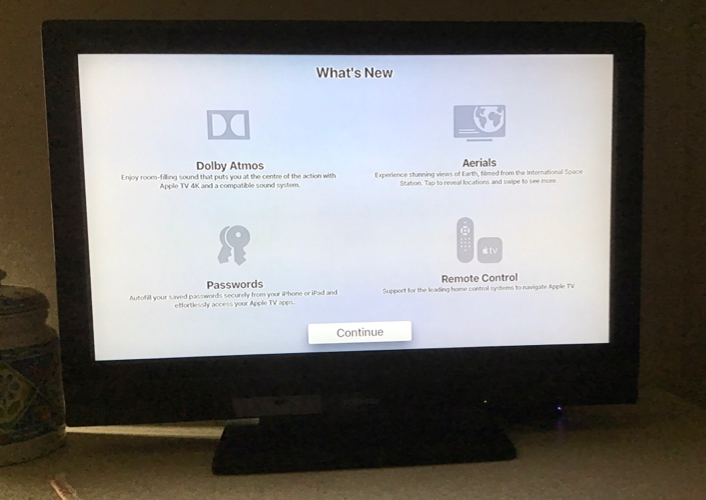
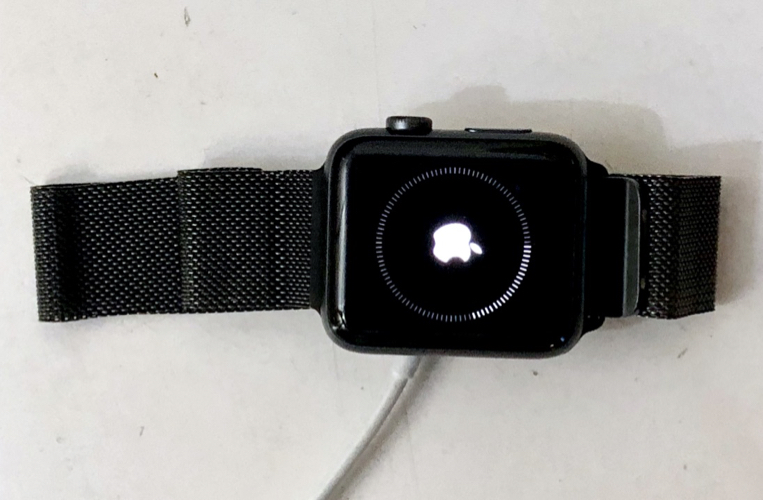
One of the new features is fall detection, with a fail-safe that calls emergency numbers if there is no motion after 1 minute. I can remember as a policeman breaking into a house where an old lady had fallen and then lain on a stone floor overnight in the winter. By the time we put her in an ambulance, she was in a rather sorry state and lucky to survive. No Apple Watch then, of course, but as falling is a major cause of deaths among old people, this new feature could be a life saver and a colleague said to me this week that he would be buying one for his mother, specifically because of this feature. I have long used the heart readouts from the Apple Watch and also monitor heart rate overnight using the Cardiogram app, so I have a good idea of my own performance. I am aware that when asleep, the heart rate drops way below 60bpm; but I am also aware that if I run up the stairs at a BTS Skytrain station, the reading will rocket to 125. But then it falls, bit by bit and there is no extended danger. If it did not, the Apple Watch would warn me, as it has many others: in some cases saving lives. As a note, when sending a warning about atrial fibrillation, according to a Tweet from Ben Bajarin, the Apple Watch "has to detect an Afib sign six times before it will notify."
That of course may lead to a number of false alarms, as some who are unable to interpret the readout expertly may see the worst in such data. Angela Chen has an interesting comment on how Apple has been working with the FDA and what their permissions mean for now: good background here. Also commenting on the new heart checking features on the Apple Watch is Hayley Tsukayama (Washington Post), but while Angela Chen outlines the facts, this article mentions the appearance of American Heart Association president Ivor Benjamin whose comments I heard as positive. After a number of other positives from unnamed physicians, the article strikes a rather negative tone with a couple of "What-ifs", particularly the idea of false alarms. I think I would rather have a false alarm than a heart attack on a bench with no one to help. Apple will be working with authorities in other countries to roll this out in other markets, but this is where I sigh and shrug my shoulders as there is likely to be considerable resistance to such technology in the hands of ordinary users, particularly in conservative countries where resources are limited, yet doctors may want to remain in control. It is expected to be available in the USA within 6 months. Last week I also saw that OneDrop, a leading company concerned with management of diabetes had announced a wireless blood glucose monitoring system that is able to connect directly to Apple Watch (dLife). Users will be able to log, monitor, and share their diabetes data and import other biometric telemetry data. This integration of data is already important for those who use the Health app, but this now extends to the Apple Watch. I mentioned the Cardiogram app earlier and I also use that on the Apple Watch. The picture then of a wider range of health solutions and data available to users of the Apple Watch is becoming a reality.
There was an interesting point in a Tweet from Ben Bajarin who wondered if, with the wider use of iCloud, a 64GB iPhone might actually be enough. He had done some calculations with his family plans and I was intrigued. I had a close look at how my data is stored on the iPhone X which is currently the 256GB model, and on iCloud with a 2TB plan. Despite my the new DSLR camera which produces RAW files of about 95MB each I have not yet been overwhelmed by content but the Bajarin plan might not work for me.
iPhone Xs and iPhone XR - Images courtesy of Apple
It was quite clear that the iPhone Xs and Xs Max are to have dual SIM cards, with a slight variation for the Chinese market, but the iPhone XR will also have the dual Nano-SIM, according to the Apple China Website. While a virtual SIM may work in some countries, and be acceptable here in an iPad, I would not be surprised if there were objections in Thailand from the authorities and from the major carriers who guard their castles carefully. Changing from one carrier to another, although permitted, is not a simple task and may take a couple of weeks according to those who have tried. Imagine if there was a virtual SIM. My own view is that authorities will insist on the physical SIM. While some are relatively happy with the apparent minor changes to the iPhones, Chaim Gartenberg (The Verge) thinks that Apple missed an opportunity by no switching from Lightning connectors to USB-C. I am not entirely convinced that this is a road that Apple should take and use of Lightning clearly differentiates iOS devices from Macs. All change would be sure to upset some people. Nonetheless, the argument is a good one and worth considering.
There was so much announced at the event and a lot has been appearing since. Andrew O'Hara provides an easy-check list of some things that might have been missed. John Gruber (Daring Fireball), who is always worth reading, has an extended comment on the XS and XR iPhones, particularly the point that the XR was not what he was expecting at all.
The Mac mini was in my colleague's office and it is interesting to see how different people work with their Macs. The mouse cable was out of the USB port and power was off. I had to find the right switch first. The LG monitor had a weird way of being turned on. Instead of an On/Off switch, I had to run my hand over the surface. Another problem was that the wireless keyboard would not connect, so I had to track down a USB keyboard: not easy, most keyboards I found still use PS/2. As I suspected that OS X (it was old), could be faulty, I started the Mac mini in Single User mode (Command + s). As I did so, I heard an unfamiliar scraping sound: the computer had an optical drive. I ran the check once the Root access was available and all was reported normal, so I tried a normal startup and then a Safe Boot (Command + Shift). Both times I saw two account icons so there were already improvements.

Once Disk Warrior was shown it was simple to run the utility and then replace the directory. A 24-page report showed that several files were repaired (mainly MP3), but my suspicion that the hard disk might have been damaged was unfounded.
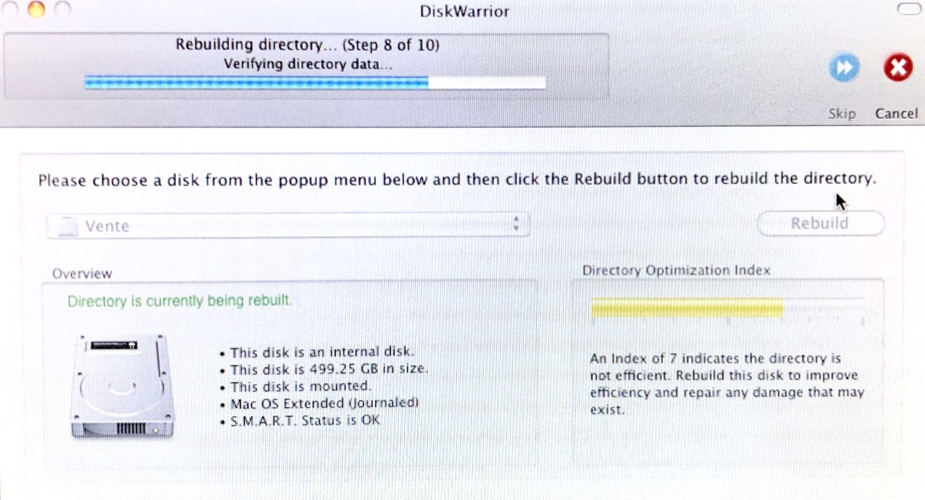
At this stage, on the eve of the 10.14 release, Disk Warrior has not been updated to deal with AFPS. I had relied on Disk Warrior for years and am in a sort of limbo, not knowing when or if there will be a suitable fix as the site has referred to 10.13 for over a year now.
Graham K. Rogers teaches at the Faculty of Engineering, Mahidol University in Thailand. He wrote in the Bangkok Post, Database supplement on IT subjects. For the last seven years of Database he wrote a column on Apple and Macs. After 3 years writing a column in the Life supplement, he is now no longer associated with the Bangkok Post. He can be followed on Twitter (@extensions_th) |
|

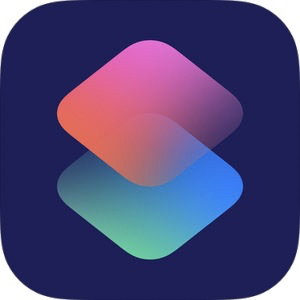 I am really interested in trying some things with iOS 12. I used beta versions on the iPad, but these do not have the feature set of the iPhone release: memojies, and workflow with the
I am really interested in trying some things with iOS 12. I used beta versions on the iPad, but these do not have the feature set of the iPhone release: memojies, and workflow with the 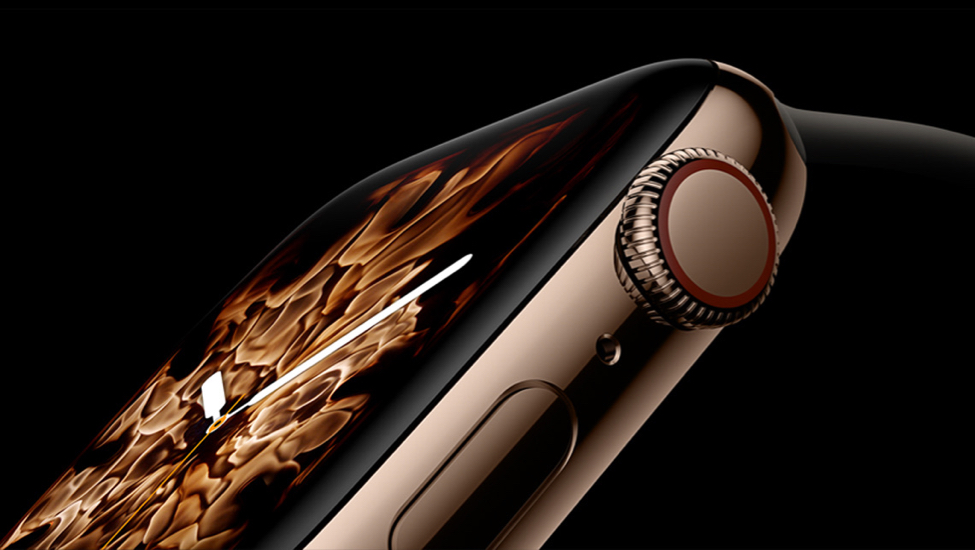 A second feature is that the Watch will now warn when there is an extended low level of beats per minute, which could be dangerous as blood pressure is not being maintained. The last, and most significant feature is the addition of an ECG facility. According to
A second feature is that the Watch will now warn when there is an extended low level of beats per minute, which could be dangerous as blood pressure is not being maintained. The last, and most significant feature is the addition of an ECG facility. According to 